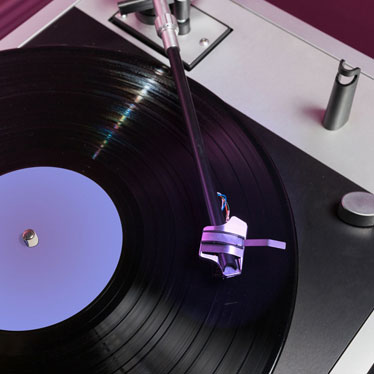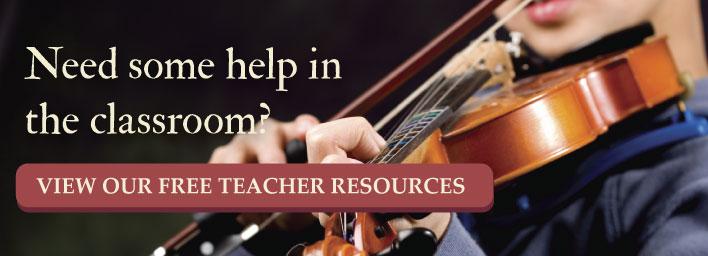Teaching the Elements of Music - Tone (or Tone Color)

 In addition to melody and harmony, the final element of pitch involves understanding tone. Teaching this concept involves visualization because it requires that your students detect the subtle nuances created by different sounds. Often referred to as color by musicians, timbre (pronounced, “Tamber”) is the discrete variations present in complex sound waves that contain multiple frequencies, like the sound created by a musical instrument.
In addition to melody and harmony, the final element of pitch involves understanding tone. Teaching this concept involves visualization because it requires that your students detect the subtle nuances created by different sounds. Often referred to as color by musicians, timbre (pronounced, “Tamber”) is the discrete variations present in complex sound waves that contain multiple frequencies, like the sound created by a musical instrument.
As a basic element of music, it’s important to experience color through a variety of methods. Your students will need to become familiar with some of the terms used to describe timbre in order to discuss, analyze, and communicate about music.
Basic Concept and Definition
Every teacher has his or her own method and style for communicating with students. However, one way to describe color is to explain to students that it is basically anything involved in sound that doesn’t pertain to the pitch, volume, or duration.
For example, the same pitch (note) played on a flute and saxophone will generate differences that you can hear. A flute sounds different than a saxophone, especially at the beginning of each note. Likewise, two violins or two flutes playing the same pitch will also include subtle variations. It is the mixture of frequencies that create the color of the sound heard.
Activities
Your students will enjoy these activities, but the goal focuses on developing auditory recognition of a variety of instruments (including non-traditional ones) and learning to apply the terms that are used to discuss color.
Color Demonstration
Materials: Many of these elemental teaching techniques call for a number of aural examples. CD recordings played on a player often produce the best sound, but you can use your computer to create a playlist for each lesson.
You’ll want to begin with orchestral instruments (don’t exclude percussion), and provide a handful of either solo instrumentals or groups of like instruments to ensure that the students have a clear grasp of music color recognition. However, later on it’s helpful to incorporate some non-traditional, historical, and cultural instruments. You’ll also need to create (or download) a worksheet that features the instruments you’ll be using, or have visual aids available.
Procedure: Begin with a class discussion about favorite colors. Ask the students to describe the differences between color photos and black and white images. Explain that music uses the word color (timbre) to describe the same vivid differences between sounds. Play your examples and have the students identify the instrument. Use adjectives when taking about the color of the sound, and encourage the students to be descriptive.
Color Association Activity
Materials: Similar recordings of solo instruments or groups, and colored drawing materials. This imagination activity is designed for elementary age students.
Procedure: Prepare the students by asking them to simply close their eyes and listen as you play the recording. Have them decide what color they imagined the instrument to be, and then play the recording again. Discuss why which students answered the way they did, and then repeat the exercise with a new example.
You may also have students use as many colors as they like to draw a picture of what a specific piece of music caused them to imagine (use a piece that features the instruments you’ve been learning). Things like free form shapes, dots, lines, and waves are great. Have the student explain his or her drawing, if desired, but stress the use of imaginative adjectives.
Teacher Resources
The Children’s Music Network offers tons of free classroom resources including sheet music and auditory downloads for music teachers.
Lessonplanspage.com offers a wealth of free lessons ideas and plans submitted by music teachers for other music teachers.
Mustech offers freeware as well as software and hardware, and Songs for Teaching offers affordable songbooks and sheet music downloads that are great for teaching the elements of music to your students.
Teaching the elements of color will be a fun activity that both you and your students will enjoy.

